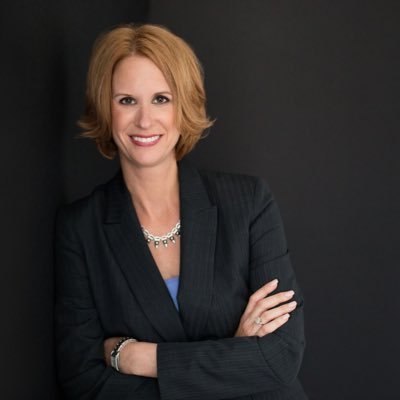If you don't already have a developed system for quantifying alumni engagement, it's easy to feel like you're falling behind.
But rather than stressing about coming up with a perfect system, Carrie Collins, Chief Advancement Officer at the Philadelphia College of Osteopathic Medicine, says it's best to just get started.
We asked Collins to give us a preview of her presentation at the upcoming CASE Division II conference, "Measuring Alumni Volunteerism."
How do we establish clear metrics for alumni engagement? Why are alumni volunteer activities a good place to start?
Carrie Collins, Chief Advancement Officer at PCOM.
The question of how to establish metrics for alumni engagement has been plaguing the industry for years. I don't know that what we've created answers to that question in its entirety, but it certainly gets us moving in the right direction.
Volunteer activities are easy to quantify, so while you can't always be certain whether a particular event(s) or engagement opportunity led to a gift, you know that someone has hosted an event, mentored a student or participated on an alumni governing board. It's not enough to simply attend an event; a volunteer must engage in meaningful and active participation in an opportunity.
Can you summarize your metrics system?
We've created approximately 10-12 categories of volunteerism, and each time that an alumnus participates in one of those categories, we count it as one (1) instance of volunteerism. Upon the conclusion of the fiscal year, the information is tallied and then reported on a comparison basis from the previous fiscal year.
How do you use that data to meet your goals at PCOM?
The program is just being launched at PCOM, but at my previous institution where I created this system, the goals were to:
- Engage more alumni overall;
- Move alumni from one category of engagement to the next, i.e. from engaged (1-3 instances of volunteerism) to very engaged (4-6 instances) to most engaged (7+ instances), to get more people more involved and connected to the institution.
- Track the amount of donations from this population of volunteers—did the aggregate amount increase year over year? Did the amount donated from a particular volunteer increase each year as s/he become more engaged in volunteering?
These goals will also be measured at PCOM. Ultimately, we'd like to be able to report increased alumni volunteers and dollars donated—the hallmark of all advancement programs!
What advice would you give to anyone seeking to replicate your success at their own institution?
Just get started. Use some of what's being presented and tailor it to your institution or simply find your own inspiration. Either way, as the industry continues to ponder this question, you'll be ahead of the curve.


